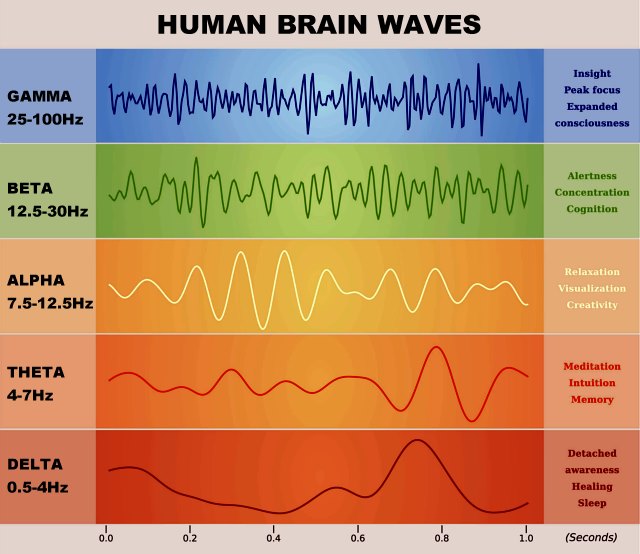A recent study linking TikTok videos to an apparent uptick of involuntary Tourette Syndrome-like tics in adolescent girls continues to make headlines and raise alarms.
Researchers say the complaints of sudden physical tics like flailing their arms and spouting phrases by teens could have been triggered by watching others with Tourette syndrome or other movement disorders.
While medications, including those targeted for ADHD, are often used to treat Tourette Syndrome, doctors are recommending cognitive behavioral therapy and tell patients to stay off TikTok to treat these TikTok induced tics.
Another non-medication option to consider to help counteract the negative impacts of media consumption, and prolonged use of digital media on the mind might be neurofeedback treatment, a type of biofeedback that teaches you how to control your brain waves, and which is gaining in popularity as an option for treating a wide range of physical and mental health conditions like depression symptoms, fine motor skills and tic behavior reduction, as well as boosting executive functioning traits including memory, focus, impulsivity and decision making.
Essentially, media consumption impacts the mind’s attention span, leading to lack of focus; neurofeedback can teach the brain how to pay better attention and boost its ability to focus.

It’s unfair to solely blame TikTok for affecting our collective ability to concentrate, however. We’ve been in focus-decline for years. A famous study from Microsoft found the average human attention span has degraded from 12 seconds to 8 seconds — less than that of a goldfish.
What’s going on in the brain when you use social media all the time? One recent study has shown a direct correlation between the number of social media accounts and inattention, hyperactivity/impulsivity, ODD, anxiety, and depressive symptoms, as well as FOMO and loneliness in teens. Additionally, anxiety and depression were found to be highest among adolescents with a high number of social media accounts.
According to Neurogrow, a brian fitness center, researchers hypothesize that since social media is easily accessible and competes for your attention with the promise of perpetual new content, heavy social media users become less able to ignore distraction in general.

“Not only does this lead to poorer cognitive performance, but it shrinks parts of the brain associated with maintaining attention. This ability of the brain to change is called neuroplasticity, and it has a big effect on your attention and cognitive function,” according to the Neurogrow website.
To counter this impact, most people using Neurofeedback devices to improve their focus or executive functioning begin to respond in a few sessions, often seeing benefits within a couple of weeks, and with permanent changes occurring after 2-3 months.
TikTok clips which are under 60 seconds and easy to consume may ‘feel’ good because the brain (especially those with ADHD) is always seeking higher levels of stimulation which in turn creates dopamine when consumed. But in reality, just like a drug, the brain develops a tolerance to the high levels of stimulation and that inhibits the brain’s ability to function normally when it needs to in a low stimulation environment like paying attention in the classroom or studying and doing homework.
“By helping people practice attention in low stimulation activities, new neurofeedback technologies on the market can treat attention issues exacerbated by social media consumption,” says Devon Greco, CEO of Narbis, a company that makes neurofeedback smart glasses. Narbis allows users to wear the glasses and go through a neurofeedback training while performing other activities like reading.
Even as science continues to uncover the physical and emotional impacts associated with ingesting large quantities of social media, including the recent spate of TikTok tics, parents will undoubtedly be evaluating just how much social media time is too much for their kids before it begins to affect their health.
Article originally published on NewsBreak






